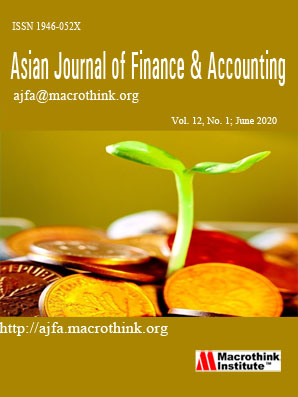A Study on Options Pricing Using GARCH and Black-Scholes-Merton Model
Abstract
Options are instruments which have the special property of limiting the downside risk, while not limiting the upside potential, thus their use in hedging. The share of the options market in the Indian capital market has increased to 64% in just over a decade. The trading turnover of options in the FY11 was Rs. 193,95,710 crore, and the trading volume generated by options market was almost two times that of the volume generated in the cash market and futures market put together. So trading and pricing of stock option have occupied an important place in the Indian derivatives market.
Volatility is a critical factor influencing the option pricing; however, it is an extremely difficult factor to forecast. Hence the crucial problem lies with the accurate estimation of volatility. The estimated volatility can be used to determine future prices of the stock or the stock option. Empirical research has shown that using historical volatility in different option pricing models leads to pricing biases. The GARCH (1, 1) model can be a solution for this problem. The present study applies the GARCH (1, 1) model to estimate the volatility, and applies this estimated volatility to calculate option prices with the help of Black-Scholes-Merton model.
Submission of an article implies that the work described has not been published previously (except in the form of an abstract or as part of a published lecture or academic thesis), that it is not under consideration for publication elsewhere, that its publication is approved by all authors and tacitly or explicitly by the responsible authorities where the work was carried out, and that, if accepted, will not be published elsewhere in the same form, in English or in any other language, without the written consent of the Publisher. The Editors reserve the right to edit or otherwise alter all contributions, but authors will receive proofs for approval before publication.
Copyrights for articles published in MTI journals are retained by the authors, with first publication rights granted to the journal. The journal/publisher is not responsible for subsequent uses of the work. It is the author's responsibility to bring an infringement action if so desired by the author.








